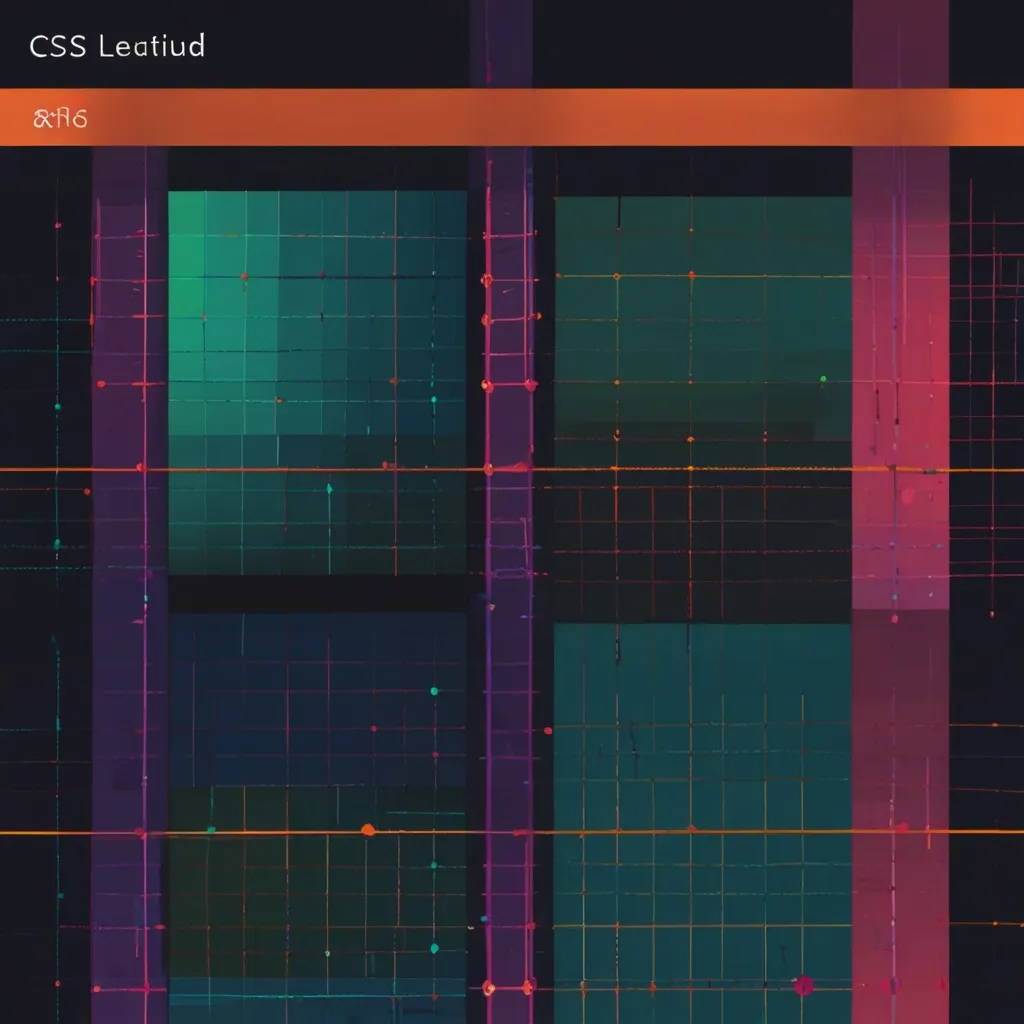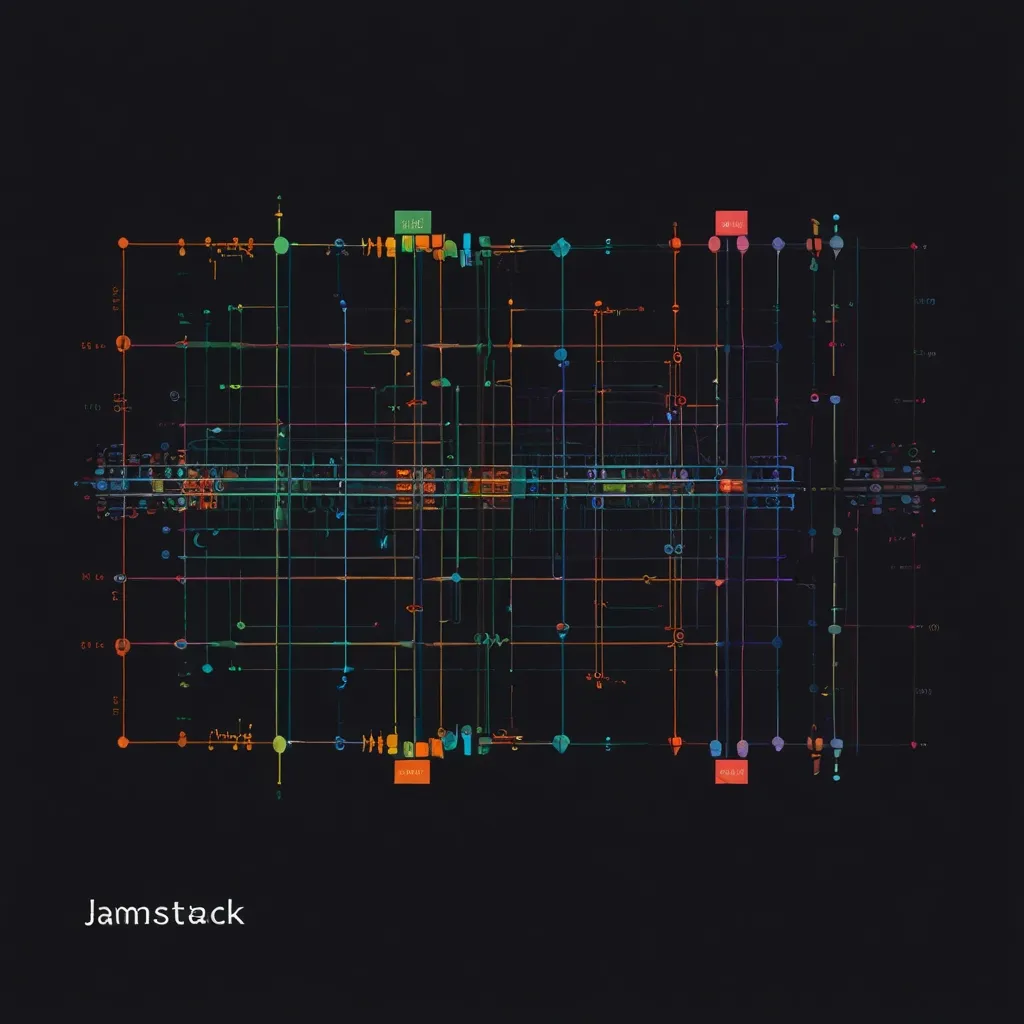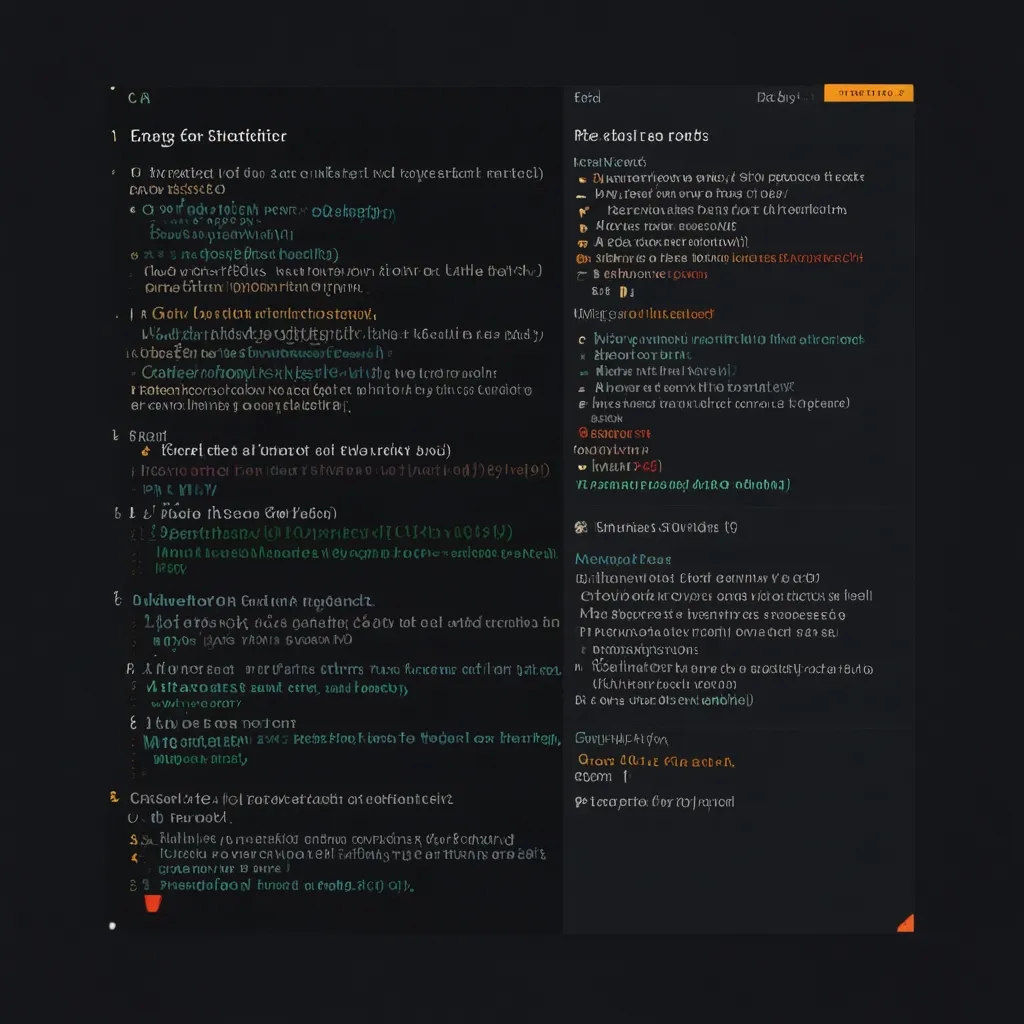The Magic of CSS Grid Layout
In the realm of web development, hitting the sweet spot between intricate design and responsive behavior just got a whole lot easier, thanks to CSS Grid Layout. This game-changing tool lets developers whip up complex web layouts without breaking a sweat. So, let’s jump right in and see why CSS Grid is the coolest thing since sliced bread in web design.
Getting Cozy with CSS Grid
CSS Grid is all about creating rows and columns for web elements to live in. Think of it as the ultimate organizer for your webpage. Unlike the old-school floats or strict positioning, CSS Grid gives you the ultimate control to place elements exactly where you want them. It’s all about making your layouts flexible and versatile. Microsoft initially proposed this system back in 2011 and, since then, it’s been fine-tuned with input from developers and browser makers. The result? A layout system that’s both powerful and super easy to use.
Perks of Using CSS Grid
One of the biggest wins with CSS Grid is its sheer flexibility. It doesn’t matter what kind of layout you’re dreaming up—CSS Grid can make it a reality. While tables are like the rigid, rule-following cousins that can’t adapt to change, CSS Grid is more like that cool friend who can go with the flow. No need to tweak your content; the grid will take care of rearranging things to fit different devices and orientations. This means your layout can adapt without anyone having to mess with the original HTML markup, making life so much easier.
Start with a Basic Grid Layout
Let’s kick things off with a super simple grid layout. Here’s a bit of HTML and CSS to get you started:
<div class="grid-container">
<div class="item">1</div>
<div class="item">2</div>
<div class="item">3</div>
<div class="item">4</div>
<div class="item">5</div>
<div class="item">6</div>
</div>
.grid-container {
display: grid;
grid-template-columns: 1fr 1fr 1fr; /* Three columns at equal widths */
grid-gap: 10px; /* Spacing out the grid items */
}
.item {
background-color: #ccc;
padding: 20px;
text-align: center;
}
Here, the class .grid-container defines a grid with three equal-width columns and spaces out the items by 10 pixels. Each item inherits these grid properties and gets a nice style with a background color and padding.
Mastering Key Properties of CSS Grid
To become a grid ninja, you need to get a grip on a few essential properties:
display: gridturns an HTML element into a grid container.grid-template-columnsdecides the size of your grid columns.grid-template-rowssets the size of rows in the grid.grid-gapis all about the spacing between your grid rows and columns.grid-columnandgrid-rowhelp define the start and end lines for grid items.
The Secret of Line-Based Placement
When you’re positioning items in a CSS grid, you’ll often use column and row lines. It’s like playing Tetris but with code. Here’s an example with six items in a two-row, three-column grid:
<div class="grid-container">
<div class="item item1">1</div>
<div class="item item2">2</div>
<div class="item item3">3</div>
<div class="item item4">4</div>
<div class="item item5">5</div>
<div class="item item6">6</div>
</div>
.grid-container {
display: grid;
grid-template-columns: repeat(3, 1fr);
grid-template-rows: repeat(2, 1fr);
gap: 10px;
}
.item1 {
grid-column: 1 / 2;
grid-row: 1 / 2;
}
.item2 {
grid-column: 2 / 3;
grid-row: 1 / 2;
}
.item3 {
grid-column: 3 / 4;
grid-row: 1 / 2;
}
.item4 {
grid-column: 1 / 2;
grid-row: 2 / 3;
}
.item5 {
grid-column: 2 / 3;
grid-row: 2 / 3;
}
.item6 {
grid-column: 3 / 4;
grid-row: 2 / 3;
}
This setup shows how to position your items by specifying the starting and ending lines on the grid.
Streamlined Shorthand
Don’t you love it when things get simpler? CSS Grid offers shorthand properties that condense your code efficiently. For instance, grid-column can combine grid-column-start and grid-column-end in one line. This makes your code cleaner and quicker to write.
Classic Blog Layout Unplugged
Want to nail down that classic blog look? CSS Grid’s got you covered with a layout that has a full-width header and footer, a main content zone, and a sidebar. Check this out:
<div class="grid-container">
<header class="header">Header</header>
<main class="content">Main Content</main>
<aside class="sidebar">Sidebar</aside>
<footer class="footer">Footer</footer>
</div>
.grid-container {
display: grid;
grid-template-areas:
'header header header'
'content sidebar sidebar'
'footer footer footer';
grid-template-columns: 1fr 200px;
grid-template-rows: 100px 1fr 50px;
gap: 10px;
}
.header {
grid-area: header;
}
.content {
grid-area: content;
}
.sidebar {
grid-area: sidebar;
}
.footer {
grid-area: footer;
}
This layout is super adaptable and can change seamlessly to fit different screen sizes, making it a responsive designer’s dream.
Embracing Responsive Design with CSS Grid
One of the highlights of CSS Grid is how effortlessly it makes responsive design. You can set up grids that auto-adjust based on the available space. By leveraging flexible grid tracks, automatic item placement, and media queries, your layout stays slick across various devices. For instance, this media query adjusts the grid for smaller screens:
@media (max-width: 600px) {
.grid-container {
grid-template-columns: 1fr;
grid-template-rows: repeat(4, 1fr);
}
}
This ensures a smooth transition in layout, maintaining a pleasant user experience no matter the device.
Grid vs. Flexbox: The Great Debate
While both CSS Grid and CSS Flexbox are heavyweights in the layout game, they shine in different ways. Flexbox is all about one-dimensional layout, perfect for aligning things along a single row or column. CSS Grid, on the other hand, excels at two-dimensional layouts with both rows and columns in its toolbox. For complex, responsive designs, CSS Grid is your MVP, though both can/should work together for fantastic results.
Practical Use Cases
CSS Grid isn’t just a fancy concept; it’s what makes modern web design tick. Imagine revamping a typical website layout with headers, main content, sidebars, sponsor sections, and footers, all with CSS Grid. Toss out those clumsy floats and table displays and watch your layout shine with grid precision.
Wrapping it Up
CSS Grid has fundamentally transformed web layout design. Its flexibility, adaptability, and fine control over element placement make it a crucial tool in a web developer’s arsenals. From crafting simple grids to complex, responsive layouts, CSS Grid streamlines the process, empowering developers to create stunning, highly dynamic web designs that look fantastic on any device. As the web continues to evolve, CSS Grid pushes forward as a trailblazer, setting new standards and broadening the horizons of creative digital design.






